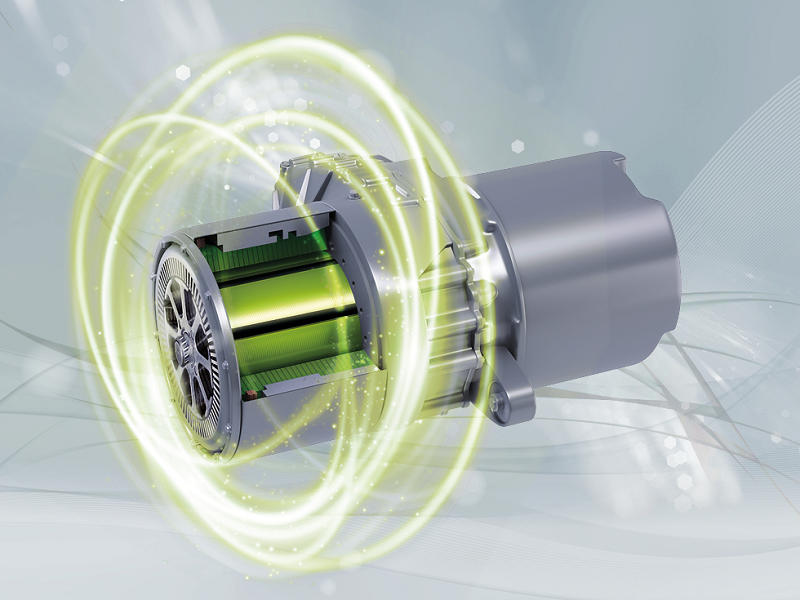
Iron core is an indispensable part of transformers and motors, called the "heart" of electrical products, usually made of soft magnetic materials with excellent magnetic properties. The core and the coil around it constitute a complete electromagnetic induction system, which jointly realizes the transmission and conversion of electric energy. Fe-base amorphous alloy has high resistance and low hysteresis loss, which can effectively improve the efficiency of iron core. In recent years, the application range of electric power system has gradually expanded.
A recent study by NIMS and Nagoya University found that in addition to the electromagnetic conversion function, iron-based amorphous alloys can be converted into a "transverse" thermoelectric conversion material through a short heat treatment, converting current and thermal current in an orthogonal direction, which provides new design guidelines for the development of thermoelectric materials. To realize environmentally friendly power generation and thermal management technology using magnetic materials.
The application of transverse thermoelectric effects in magnetic materials is expected to simplify the structure of thermoelectric converters compared to longitudinal thermoelectric effects, where the conversion of electrical and thermal energy in parallel directions can enhance the versatility and durability of the device and effectively reduce the cost. So far, the focus of magnetic materials for transverse thermoelectric conversion has been the study of new alloys based on electronic structure, while the study of internal microstructure of materials has not been the focus.

This study demonstrated that a simple three-minute heat treatment of an iron-based amorphous alloy can significantly improve the performance of the anomalous Nierst effect (one of the transverse thermoelectric effects) without changing the average composition of the material. Anomalous Nierst coefficients obtained at optimum heat treatment temperatures show the highest known values for magnetic amorphous alloys, and this improvement is obviously influenced by nanoscale copper precipitates within the alloy.
This result shows that the electronic structure and composition of the material, as well as the design and control of the microstructure, are of great significance to improve the anomalous Nerst coefficient. The research team said that it will further promote the application of this technology to the energy conversion and heat sensing technology of electronic devices.
Why is the motor "iron" core?
2023-09-14Various Classifications of Colored Stainless Steel
2022-06-16Hysteresis Loop Characterisation of Iron Core Materials at Extremely Low Temperatures
2025-03-11Research on the development trend of thin gauge silicon steel
2024-03-04Characteristics and selection guide of medium frequency cold rolled non-oriented electrical steel
2023-12-04Debugging method of stainless steel thick plate
2021-09-07






